Hotspot actually means hotspot. Sometimes it is also called Pyotraumatic Dermatitis. This is a purulent skin infection due to trauma that the dog inflicts on itself. Hotspots are common in dogs.
Two types of hotspots can be distinguished. In the first type, the itching occurs in the superficial hotspot in the foreground. In this species, a hairless, moist spot with a red edge develops quite quickly. The hairs at this point are often stuck together. If this hotspot is not treated in time, bacterial infections can occur.
The second type that can develop is deep hotspot, a bacterial infection of the hair follicles. Dogs often leave this area alone as this area is often painful. Often after shaving the fur, a thickening and demarcated area can be seen. This is often accompanied by open purulent areas.
What are the causes of a hotspot?
There are a number of requirements that must be met in order to speak of a hotspot. The first requirement is that the skin must be irritated, which can occur, for example, after a tick bite or a tangle in the fur. In response, the animal licks, bites, or scratches the area, preventing the wound from healing properly.
It can also be caused by heat. Some dogs have long, thick fur and sweat when the weather gets warmer. This can also occur when a dog goes swimming in the summer. However, a long coat is not always a prerequisite for the development of hotspots.
If the dog already has irritated or thin skin, a hot spot is more likely to develop. However, it can also happen that a hot spot develops in the vicinity of another inflammation. For example, with an ear infection, the dog already has an itchy ear and starts scratching. Then a hotspot is created.
What are the symptoms?-
The area bleeds, becomes red, hot, painful and has pus.
-
The animal injures itself by spontaneously scratching, licking and biting in the same place. This is where a large purulent skin inflammation develops, which we call a hot spot.
When should I go to the vet?
If you suspect the dog in a hotspot, you should go to the vet immediately. This is to prevent the hotspot from getting worse. Vaseline or other ointments can make the symptoms worse. It is not recommended to treat a hot spot yourself due to the risk of it aggravating.
How is the treatment?
First of all, the cause of the hot spot must be treated, which can be different in each situation. Good grooming usually has a positive effect.
Once the cause is known, it's time to heal the coat. Antibiotics are not preferred here as they unbalance the intestinal flora. In addition, the antibiotics only help temporarily and the hotspot returns quickly. A severe infection sometimes requires the use of antibiotics.
The hair around the hotspot is then shaved off and thoroughly cleaned with Betadine shampoo. The wound is then cleaned and disinfected with a silver spray. To ensure that the dog is less disturbed by the hotspot, an antipruritic agent is also administered. Finally, antibiotics and painkillers can be administered.
A diet may be used to restore the skin, but the effect depends on the cause of the hotspot.
If the dog suffers from regularly recurring hotspots, you can decide to treat the animal with a homeopathic preparation (PURE Hotspot). This homeopathic preparation ensures that the recurrence of the hotspots is reduced as much as possible.
What is the prognosis of a hotspot?
A hotspot is not contagious and can be easily cured in dogs. A hotspot usually has several causes, but if these are treated well and the hotspot is discovered quickly, the prognosis is poor. Since this is often a recurring problem, it is important to be aware of it.
How can a hotspot be prevented?
If the spot was formed after a flea bite, it is advisable to use a different anti-flea product next time and to distract the dog by walking or playing after administration. In the case of an allergy or inflammation, of course, the allergy or inflammation must be treated, otherwise there will be a recurring problem.
This text was translated by a translation machine
 Horse Pharmacy
Horse Pharmacy Rugs
Rugs Care
Care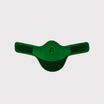 Saddle and Attachments
Saddle and Attachments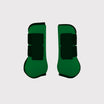 Leg Protection
Leg Protection Bridles
Bridles Feed
Feed Fly Masks
Fly Masks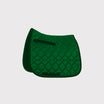 Saddle Pads
Saddle Pads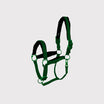 Headcollars and Ropes
Headcollars and Ropes Bits
Bits Other Disciplines
Other Disciplines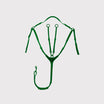 Reins and Auxiliary Reins
Reins and Auxiliary Reins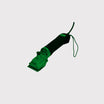 Clipping
Clipping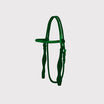 Western
Western Eventing
Eventing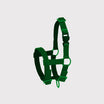 Foals
Foals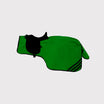 Reflection
Reflection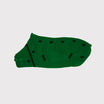 Therapy Products
Therapy Products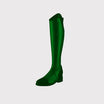 Boots and Shoes
Boots and Shoes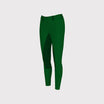 Breeches and Belts
Breeches and Belts Tops
Tops Safety
Safety Competition
Competition Heated Clothing
Heated Clothing Gloves
Gloves Socks
Socks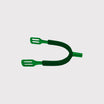 Spurs and Attachments
Spurs and Attachments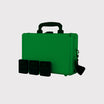 Technology
Technology Whips
Whips Gifts
Gifts Casual Wear
Casual Wear Underwear
Underwear Rider Pharmacy
Rider Pharmacy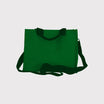 Bags
Bags Books
Books Laundry supplies
Laundry supplies Jewelry
Jewelry Feed and Waterbowls
Feed and Waterbowls Equipment
Equipment Tack Room
Tack Room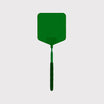 Pest Control
Pest Control Arena
Arena Horse Toys
Horse Toys Wheelbarrows
Wheelbarrows Yard
Yard Surveillance
Surveillance Disinfect
Disinfect Washing Area
Washing Area Lighting
Lighting Horse Pasture
Horse Pasture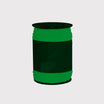 Current Conductors
Current Conductors Pole
Pole Insulators
Insulators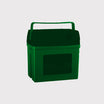 Energisers
Energisers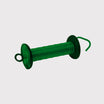 Gate Handles
Gate Handles Batteries and Accumulator
Batteries and Accumulator Nets
Nets Grounding
Grounding Tools
Tools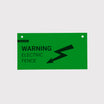 Fencing Security
Fencing Security Wolf Defense
Wolf Defense Fencing Sets
Fencing Sets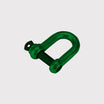 Fence locks
Fence locks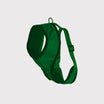 Dogs
Dogs Cats
Cats Rodents
Rodents Dogs Pharmacy
Dogs Pharmacy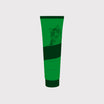 Cats Pharmacy
Cats Pharmacy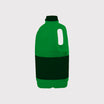 Rodents Pharmacy
Rodents Pharmacy Cattle Pharmacy
Cattle Pharmacy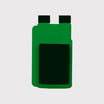 Poultry Pharmacy
Poultry Pharmacy Veterinary Supplies
Veterinary Supplies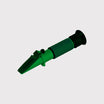 Cattle
Cattle Sheep and Goats
Sheep and Goats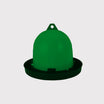 Poultry
Poultry Heat Lamps
Heat Lamps Calves
Calves Marking
Marking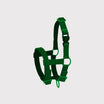 Halters
Halters